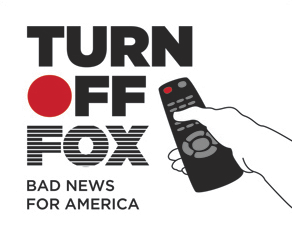Keystone, actually suggesting that perhaps our monetary system is as much at risk as our use of Imperial units is a bit of an odd argument. While Imperial units of measure uses an arcane and somewhat arbitrary 12 inches to the foot, 3 feet to the yard, 1760 yards in a mile, our monetary system has ALWAYS used decimal math, at least once we stopped using Spanish Doubloons and started to issue our own coinage in the late 1790's. The only exception to this is the quarter which was really a hold over from the days of Doubloons which were often cut into smaller portions since there was very little fractional coinage in colonial America. In fact, Doubloons ware often called 'Pieces of Eight' since many were cut into as many as 8 pieces, but it turns out that a 1/4 of Doubloon was the most popular, which was often referred to as 2-bits, as in "Shave and a Haircut, 2-bits". Thus 2-bits evolved into the quarter. Now there was an attempt to provide a 'decimal' solution with issuance of a 20 cent piece but people hated it and continued to use quarters and so the 20 cent pieces were minted for only 3 years, shortest run in the American history.
BTW, the UK, from which you'd have thought our monetary system would have naturally evolved from, remained on a monetary 'Imperial' scheme until the 1970's when they finally decimalized their coinage at the same time they adopted the Metric system of measurement.
Note that I'm a Numismatist, i.e. coin-collector.
And here's a bit of trivia, by Constitutional edict the Federal Government is only allowed to MINT COINS. They are not allowed to print paper money. When so-called 'paper money' was first used in America they were in reality 'promissory notes' which could be taken to a bank and traded for either silver or gold coins, but once we went off the gold and silver standard, the issuing of reserve notes, which IS 'legal tender', was turned over to the Federal Reserve System (which is NOT part of the Federal government). However, the US mint actually does print the actual bank notes, just that they are delivered to the Federal Reserve banks who are the only people who can legally issue them, so as to get around the Constitutional limitation that the United States can ONLY mint coins. BTW, the US Mint also prints bank notes for many other countries for which I assume that we we charge something for the service.
And as for the idea that the penny may be going away, perhaps to be followed by the nickel and maybe even the dime, coin collectors have mixed feelings. While it would all but shut-down the hobby in terms of new issues going forward, it actually might cause all existing coin values to go up. However, even if they did stop minting smaller denomination coins, I suspect that the mint would continue to issue commemorative and bullion coins, such as Silver Eagles and American Gold Eagles. Note that I don't collect gold coins but I do collect Silver Eagles (multiples of every issue since they were first minted in 1986). I also collect commemoratives and proof coins which are also mostly silver and are not minted for circulation. In fact, the US Mint has one of it's facilities, the West Point Mint, which mints bullion coins and coins available only to dealers and collectors so I suspect that part of the Mint's operations will continue even if we were to abandon minting any coinage for circulation at all.

OCU
